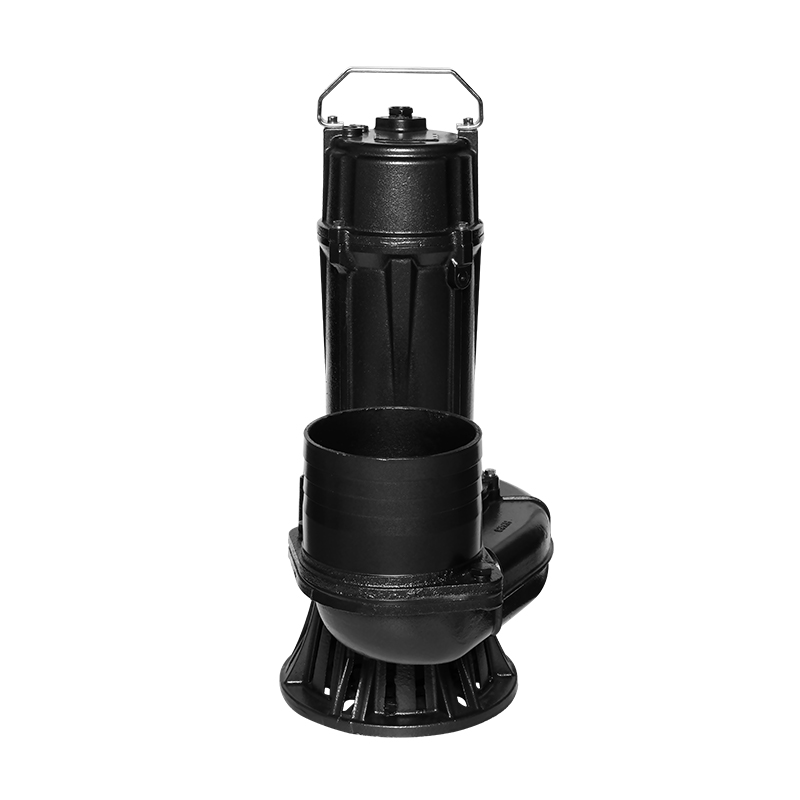Submersible Sewage Sump Pumps Help Improve Sewer System Efficiency
Efficient sewage and wastewater management is a critical component of urban infrastructure. With increasing demands on city water systems and growing concerns about environmental sustainability, the need for more efficient and reliable pumping solutions is more important than ever. Submersible sewage sump pumps, including submersible vortex sewage pumps and submersible waste water pumps, play a crucial role in improving sewer system efficiency. These pumps are specifically designed to handle the complexities of sewage and wastewater management, offering benefits that extend from residential to industrial applications.
What Are Submersible Sewage Pumps?
A submersible sewage sump pump is a type of pump designed to operate underwater, submerged within a sewage pit or sump. These pumps are typically used to move sewage water and other waste materials from a lower to a higher elevation, often as part of a larger wastewater or sewage treatment system. The design of submersible sewage pumps makes them ideal for environments where space is limited, or where conventional surface pumps may not be practical.
Submersible vortex sewage pumps are a variation of these pumps, designed to handle more challenging materials and more aggressive wastewater. By utilizing a vortex impeller, these pumps allow for better handling of solids, reducing the risk of clogs and enhancing overall efficiency in environments where sewage contains large or abrasive particles.
On the other hand, submersible waste water pumps are versatile and can be used to pump both clean and contaminated water. While they are often used in sewage systems, they are also suitable for general waste water management, making them ideal for a variety of applications in both industrial and residential settings.

Advantages of Submersible Sewage Pumps
1. Space Efficiency and Easy Installation: One of notable benefits of submersible sewage sump pumps is their ability to operate while submerged, freeing up valuable space above ground. This makes them a great solution for installations where above-ground pumps would be impractical or would take up too much space. They can be installed in confined spaces like pits, basements, or underground chambers, allowing for discreet and efficient operation.
2. Improved Handling of Solids: Both submersible vortex sewage pumps and submersible waste water pumps are designed to efficiently handle solids and debris that are often present in sewage systems. The vortex impeller design of submersible vortex sewage pumps helps in reducing the chance of clogging by allowing larger solids to pass through the system. This reduces the need for frequent maintenance and ensures uninterrupted operation.
3. Enhanced Reliability and Durability: Submersible sewage sump pumps are engineered to last in tough, corrosive environments. These pumps are made from high-quality materials like stainless steel, which not only ensures long-durability but also reduces the risk of pump failure due to corrosion, a common issue in wastewater handling systems.
4. Energy Efficiency: Given the importance of reducing operational costs, especially in large-scale sewage management systems, submersible waste water pumps offer a significant advantage in terms of energy efficiency. These pumps are generally designed to work with lower power consumption, making them a cost-effective solution for municipalities, factories, and residential areas with high sewage disposal needs.
5. Quiet Operation: Another advantage of submersible sewage pumps is their quiet operation. Since the motor is submerged, these pumps generate far less noise than conventional pumps. This is particularly beneficial in residential or urban settings, where noise reduction is a key consideration.
Applications of Submersible Sewage Pumps
Submersible sewage sump pumps are essential in a wide variety of settings, from residential homes to large industrial facilities. In residential areas, these pumps are commonly used in basements to remove waste water and sewage from lower levels of the home, ensuring that the waste is properly diverted to the main sewer line.
In industrial settings, submersible vortex sewage pumps are often used in wastewater treatment plants and facilities that deal with heavy waste loads. These pumps are able to handle solid particles and tough materials that would otherwise clog traditional pumps, improving efficiency and reducing maintenance needs. Additionally, submersible waste water pumps are used in construction sites, mining operations, and other industries where water and waste removal is critical.
Municipalities benefit greatly from the use of these pumps in their sewage systems. By incorporating submersible sewage sump pumps into their infrastructure, cities can improve the reliability and efficiency of their sewage systems, minimize the risks of blockages, and reduce operational costs associated with frequent repairs and maintenance.











